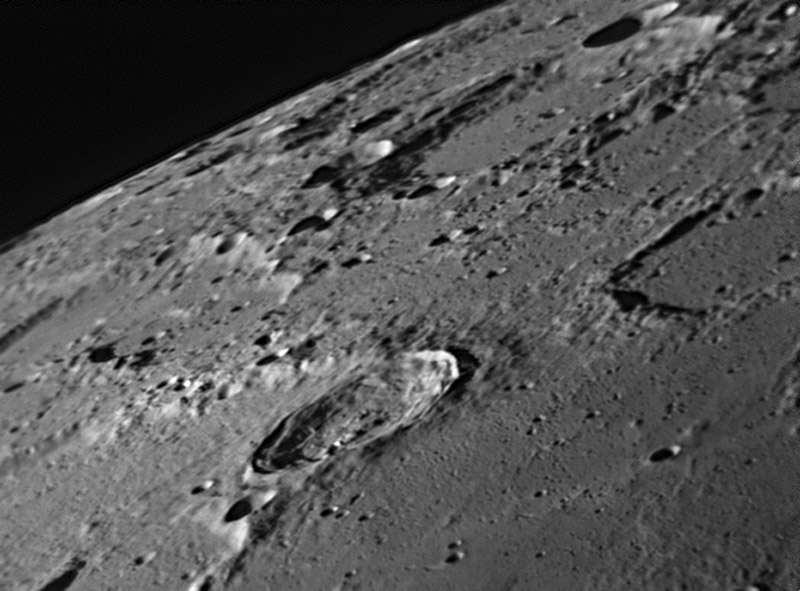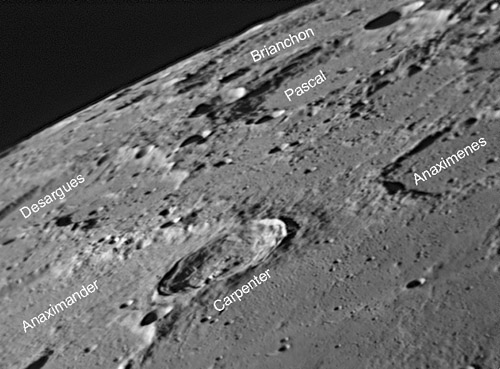Difference between revisions of "October 25, 2014"
| Line 1: | Line 1: | ||
__NOTOC__ | __NOTOC__ | ||
=Two Carpenters= | =Two Carpenters= | ||
| − | |||
<!-- ws:start:WikiTextHeadingRule:0:<h1> --> | <!-- ws:start:WikiTextHeadingRule:0:<h1> --> | ||
<!-- ws:start:WikiTextLocalImageRule:14:<img src="/file/view/LPOD-Oct25-14.jpg/528035832/LPOD-Oct25-14.jpg" alt="" title="" /> -->[[File:LPOD-Oct25-14.jpg|LPOD-Oct25-14.jpg]]<!-- ws:end:WikiTextLocalImageRule:14 --><br /> | <!-- ws:start:WikiTextLocalImageRule:14:<img src="/file/view/LPOD-Oct25-14.jpg/528035832/LPOD-Oct25-14.jpg" alt="" title="" /> -->[[File:LPOD-Oct25-14.jpg|LPOD-Oct25-14.jpg]]<!-- ws:end:WikiTextLocalImageRule:14 --><br /> | ||
| − | <em>image by [mailto:tiziano.niero@micromed.eu Tiziano Niero], Mira (VE), Italy</em><br /> | + | <em>image by [mailto:tiziano.niero@micromed.eu" rel="nofollow Tiziano Niero], Mira (VE), Italy</em><br /> |
<table class="wiki_table"> | <table class="wiki_table"> | ||
<tr> | <tr> | ||
<td><!-- ws:start:WikiTextLocalImageRule:15:<img src="/file/view/LPOD-Oct25b-14.jpg/528035854/LPOD-Oct25b-14.jpg" alt="" title="" /> -->[[File:LPOD-Oct25b-14.jpg|LPOD-Oct25b-14.jpg]]<!-- ws:end:WikiTextLocalImageRule:15 --><br /> | <td><!-- ws:start:WikiTextLocalImageRule:15:<img src="/file/view/LPOD-Oct25b-14.jpg/528035854/LPOD-Oct25b-14.jpg" alt="" title="" /> -->[[File:LPOD-Oct25b-14.jpg|LPOD-Oct25b-14.jpg]]<!-- ws:end:WikiTextLocalImageRule:15 --><br /> | ||
</td> | </td> | ||
| − | <td>What is the plain, Anglo-Saxon name <em>Carpenter</em> doing in the midst of these ancient Greeks and more recent Frenchmen? The latter are all mathematicians, and the Greeks were astronomers. Carpenter was also an astronomer - both of them. The name Carpenter was originally bestowed to honor a nineteenth century British astronomer, James Carpenter, who was a pioneer in spectral observations but is remembered now as the co-author of the Nasmyth and Carpenter classic, <em>The Moon: Considered as a Planet, a World, and a Satellite.</em> In 1985 the IAU added the name Edwin Carpenter (1898 - 1963) as a co-honoree. Dr. Carpenter was chairman of the University of Arizona Department of Astronomy from 1936 to 1963. I met him when I became an astronomy student at UA in 1960. I was grateful to him for allowing me to use the 4.3" James telescope, a wonderful Clark refractor that I learned to observe with. He also permitted me to help with the [http://www.lpod.org/cwm/Chuckstuff/chuck.htm Steward Observatory 36"] during public nights, which led to occasional views of the Moon, Saturn and Jupiter with a huge telescope that I controlled. Like a number of fresh craters in the north polar area, Carpenter has [http://bit.ly/1uS8R2Z two central peaks] - perhaps one for each Carpenter.<br /> | + | <td>What is the plain, Anglo-Saxon name <em>Carpenter</em> doing in the midst of these ancient Greeks and more recent Frenchmen? The latter are all mathematicians, and the Greeks were astronomers. Carpenter was also an astronomer - both of them. The name Carpenter was originally bestowed to honor a nineteenth century British astronomer, James Carpenter, who was a pioneer in spectral observations but is remembered now as the co-author of the Nasmyth and Carpenter classic, <em>The Moon: Considered as a Planet, a World, and a Satellite.</em> In 1985 the IAU added the name Edwin Carpenter (1898 - 1963) as a co-honoree. Dr. Carpenter was chairman of the University of Arizona Department of Astronomy from 1936 to 1963. I met him when I became an astronomy student at UA in 1960. I was grateful to him for allowing me to use the 4.3" James telescope, a wonderful Clark refractor that I learned to observe with. He also permitted me to help with the [http://www.lpod.org/cwm/Chuckstuff/chuck.htm" rel="nofollow Steward Observatory 36"] during public nights, which led to occasional views of the Moon, Saturn and Jupiter with a huge telescope that I controlled. Like a number of fresh craters in the north polar area, Carpenter has [http://bit.ly/1uS8R2Z" rel="nofollow two central peaks] - perhaps one for each Carpenter.<br /> |
<br /> | <br /> | ||
| − | <em>[mailto:tychocrater@yahoo.com Chuck Wood]</em><br /> | + | <em>[mailto:tychocrater@yahoo.com" rel="nofollow Chuck Wood]</em><br /> |
<br /> | <br /> | ||
<strong>Technical Details</strong><br /> | <strong>Technical Details</strong><br /> | ||
Revision as of 23:05, 4 January 2015
Two Carpenters

image by " rel="nofollow Tiziano Niero, Mira (VE), Italy
 |
What is the plain, Anglo-Saxon name Carpenter doing in the midst of these ancient Greeks and more recent Frenchmen? The latter are all mathematicians, and the Greeks were astronomers. Carpenter was also an astronomer - both of them. The name Carpenter was originally bestowed to honor a nineteenth century British astronomer, James Carpenter, who was a pioneer in spectral observations but is remembered now as the co-author of the Nasmyth and Carpenter classic, The Moon: Considered as a Planet, a World, and a Satellite. In 1985 the IAU added the name Edwin Carpenter (1898 - 1963) as a co-honoree. Dr. Carpenter was chairman of the University of Arizona Department of Astronomy from 1936 to 1963. I met him when I became an astronomy student at UA in 1960. I was grateful to him for allowing me to use the 4.3" James telescope, a wonderful Clark refractor that I learned to observe with. He also permitted me to help with the " rel="nofollow Steward Observatory 36" during public nights, which led to occasional views of the Moon, Saturn and Jupiter with a huge telescope that I controlled. Like a number of fresh craters in the north polar area, Carpenter has " rel="nofollow two central peaks - perhaps one for each Carpenter.
|



